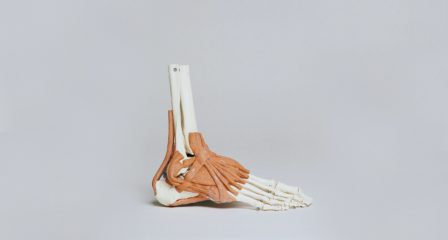Written by physiotherapist and Director, Laura Anderson.
Running events are back on the calendar for a lot of people after a disrupted three years, and we’re noticing an uptick in running injury presentations to the clinic.
So, we thought it might be a good time to give an overview on managing running injuries at The Injury Clinic.
There are many factors that are proposed to contribute to running-related injuries. These include training load, biomechanical factors, and lifestyle and emotional stressors.
As running-related injuries often occur following changes to training load, it is likely that injuries develop in tissues that are exposed to load that exceeds their capacity. So as a result, when managing running injuries, strategies that reduce tissue loads, assist in maintaining running load, and reduce injury risk without reducing running performance tend to be key.
Whilst there are differences to each and every runner and their injury presentation, there are similarities in the way the management of running-related injuries can be approached.
Here’s an overview of the initial things that must be considered when managing running-related injuries:
- Identify tissue source: If running injuries often develop in tissues that are exposed to load that exceeds their capacity, it’s important to have an understanding of what tissue(s) is/are involved. We can then go about determining if we can look to make modifications to reduce load, or we need to also look to improve the capacity of the tissue to tolerate load. This will depend on a whole variety of factors (and is too detailed to go into in one blog…).
- Determine an appropriate load management plan: If a degree of running load can be maintained, it can be an important part of management. We want to avoid load spikes, and keeping some consistency in run load, if it isn’t detrimental to the tissues involved, can ensure risk of re-injury, or ‘new’ injury when load is increased is reduced. It can prevent or limit deconditioning, and give valuable information about the progression of an injury. However, sometimes rest is best.
We must also factor in overall ‘life load’ if lifestyle and emotional stressors have been a contributor; and allow room for additional load on tissues if gains in strength and load capacity are required. Load management isn’t easy, it’s often a fine balance and can require plenty of tweaks.
- Identify possible contributing factors: Whilst training load can be a significant contributor to injury, there is often a reason it’s a left leg and not the right, or a calf and not a hamstring. It is important to tease out the reasons that the affected tissue isn’t tolerating the load when other tissues are. These reasons are varied and can include: joint range; strength; biomechanics; run technique; footwear etc. Sometimes we have to do a deep dive into one of these; when dealing with a complex task such as running (especially when at high loads), the contributors can be subtle.
- Generate a management plan to improve tissue health, address contributing factors and achieve desired run load: There is no right way to achieve all of these things, but all of the ways do take time. Often patience is required.
This is just an outline of the initial management of running injuries at The Injury Clinic. Every running injury tends to be nuanced in its own way and requires an individual and targeted approach. If you’ve been struggling with a running injury you can’t get on top of, come on in and have a chat.



